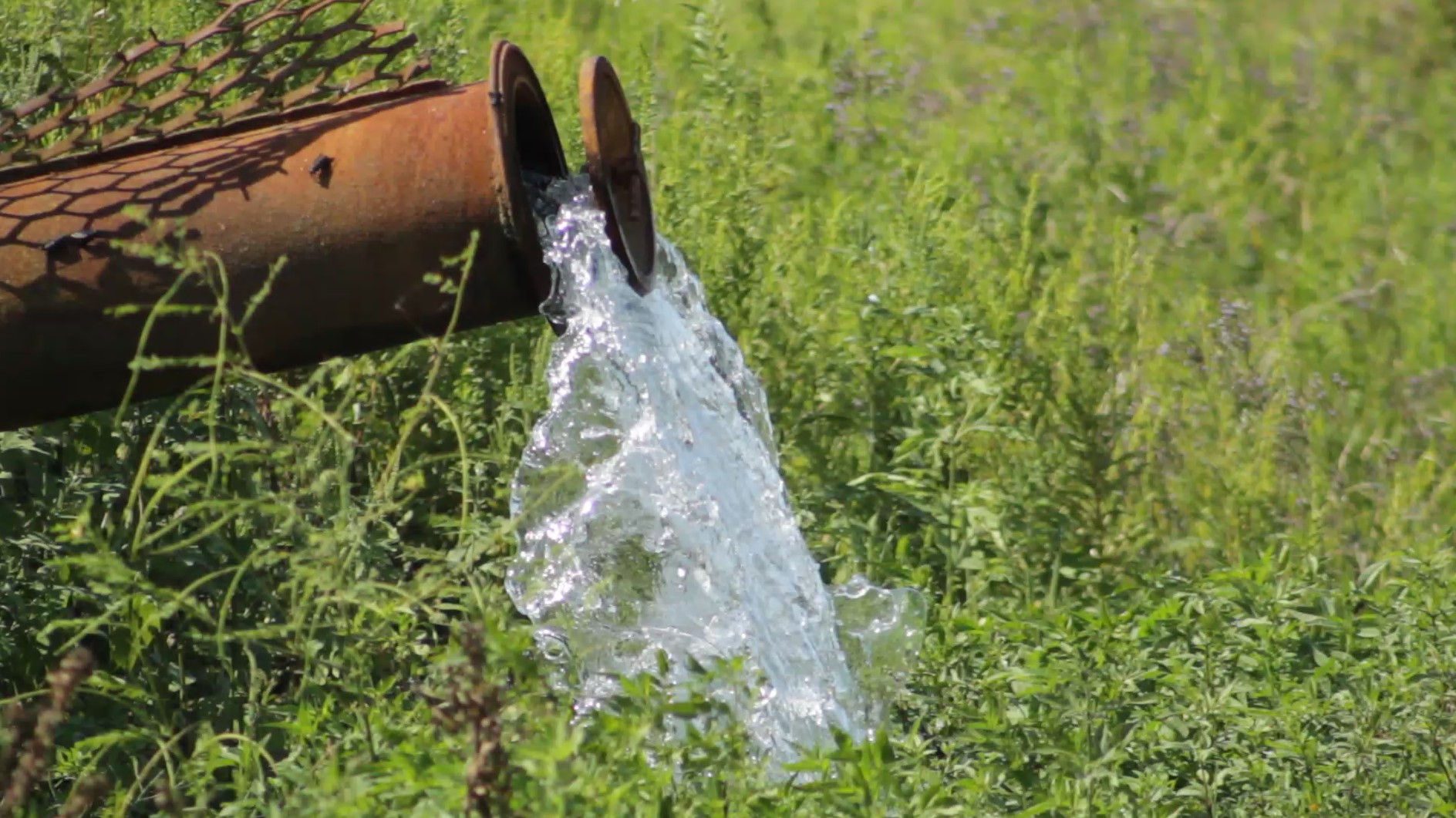
For those wildlife managers out there that are able to control water for waterfowl, it's best to add water over a long period of time. This can start as early as mid-August, especially if you’re interested in attracting teal by providing early water and mudflats. Slow flooding will enhance seed production in water-loving plants such as millets and smartweeds, making food available for an extended amount of time throughout the season. Only about 50% of the areas should be flooded by mid-November, but all areas should be completely flooded by mid-December.

Moist Soil Unit Management:
Establish moist-soil units that can be flooded and drained using water control structures, with a gradient that allows for water depths ranging from 1 inch to 18 inches when the units are fully flooded. This will attract a greater diversity of waterfowl that prefer different water depths.
These moist-soil units should consist of plants such as
- native millet
- annual smartweeds
- nutsedges
- panic grasses
Make sure moist-soil units are controlled for undesirable plants such as
- lotus
- cattails
- alligatorweed
- balloon vine
- redvine
- cocklebur
Flood moist-soil units at a staggered rate starting in mid-August:
- 5–10% mid-August to mid-November
- 25% mid-November to late-November
- 50–75% late-November to late-December
- 100% late-December to mid-January
Drain moist-soil units at a slow staggered drawdown rate starting in March:
- Decrease water levels in 6-inch increments every 2 to 4 weeks.
- Early drawdown = March to May
- Mid drawdown = May to July
- Late drawdown = July to mid-August
Disking moist soil units during Fall promotes a diversity of plants when the water is drained during the following Spring, but may reduce the amount of food available during Fall and Winter. Target disking in areas dominated by undesirable plants.
Try to disk about 30% of the moist-soil units every year in a patchy mosaic pattern to promote diversity.
For more information about waterfowl and moist soil unit management, visit our webpage at